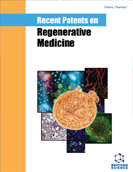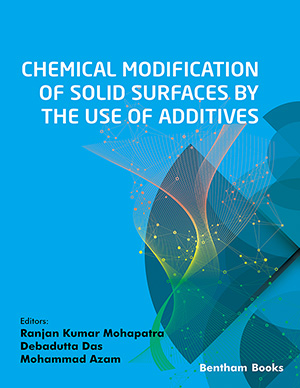Abstract
Human neural stem cells (hNSCs) have shown potential in treating a variety of neurological diseases. However, they are impractical to isolate and use for an autologous transplant, generating demand for an alternative source of neural phenotypes. Utilizing our patented technology, adipose derived stem cells (ADSCs) may be a potential alternative source, as they are easily isolated and may have the potential to efficiently differentiate into neural phenotypes through transfection of the Nanog gene. ADSCs were transfected with a plasmid containing Nanog. Post-transfection, relative expression levels of Sox2, Oct4, and Nanog were assessed by qPCR. Transfected ADSCs were cocultured for 15 days with differentiated hNSCs using coculture inserts. Following coculture, levels of β-III-tubulin and glial fibrillary acidic protein (GFAP) were assessed by qPCR. Nanog transfected ADSCs expressed significantly increased levels of Nanog, Oct4, and Sox2 prior to coculture, indicating an increase in differentiation potential. Post-coculture, Nanog transfected ADSCs expressed significantly increased levels of β-III-tubulin and GFAP and spherical morphology, indicating an increased neural phenotype. These results demonstrate the effectiveness of our patented technology, suggesting that induced Nanog overexpression may provide a means to more readily generate neural phenotypes for use in transplantation based therapies.
Keywords: Adipose derived stem cells, induced pluripotent stem cells, nanog, neural differentiation, neural stem cells, pluripotency.
 30
30







